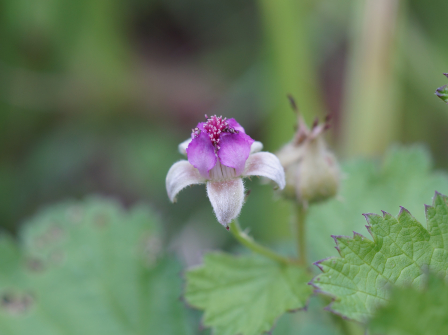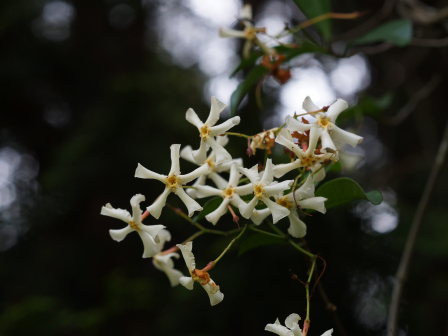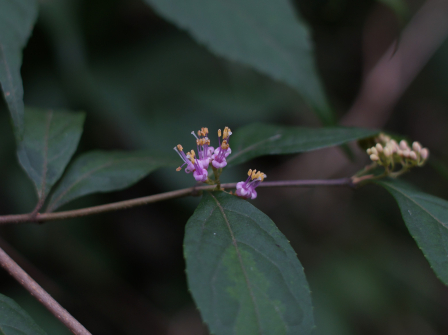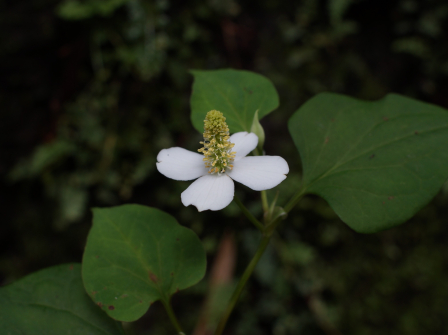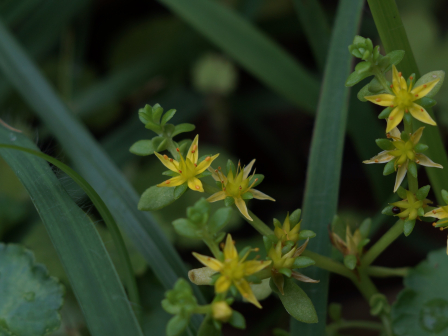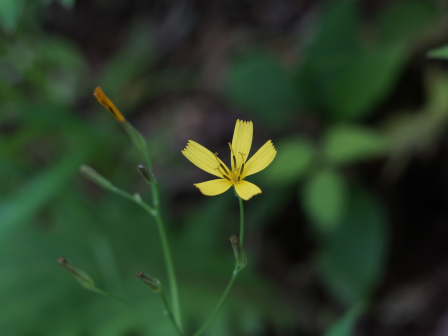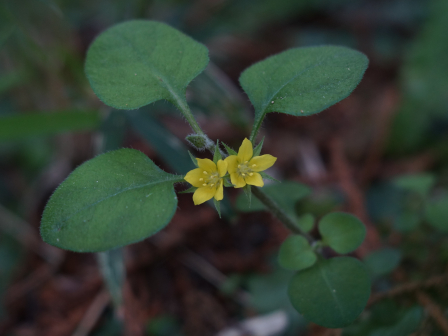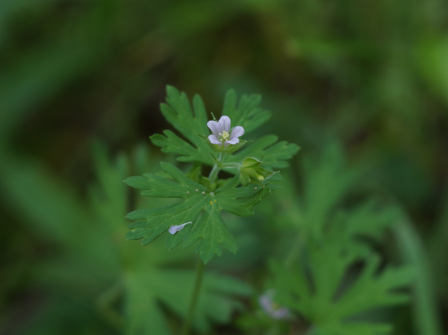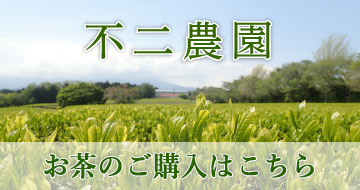フィールド日記
2023年06月
2023.06.30
ナワシロイチゴ
ナワシロイチゴが咲いています。明るい草地などに生える、キイチゴのなかまです。赤く熟した果実は食べることができます。花の形は少し変わっていて、ピンク色の花弁は、おしべとめしべを包むように直立しています。
"Nawashiro-Ichigo (ナワシロイチゴ)" plants are in bloom. They are a wild berry growing in sunny grass fields. Their red berries are edible. Their flowers are a little bit strange as its pink petals stand upright covering its stamens and pistils.
2023.06.27
テイカカズラ
テイカカズラが咲いています。つる性の木本で、他の木によじ登り、芳香のある白い花を咲かせます。和名は鎌倉時代の歌人・藤原定家(ふじわらのていか)に由来します。定家が恋した式子内親王の墓石にからみついた本種をテイカカズラと呼ぶようになったそうです。
"Teika-Kazura (テイカカズラ)" trees are in bloom. They are woody vines that climb other trees and bear white fragrant flowers. The name comes from a poet of Kamakura period, "Fujiwara-No-Teika (藤原定家)". People started to call this species "Teika-Kazura", because the plants climbed around the tombstone of Imperial Princess Shikishi, who Teika loved.
2023.06.23
ネジバナ
ネジバナが咲いています。希少な種も多いランのなかまでは、最も普通な種で、芝地や道路わきなどでも見られます。しかし、他のランのなかまと同様に、地下で菌根菌と共生しており、栽培しようと思うと意外に難しいようです。和名は、花がらせん状につくことに由来しますが、らせんの向きや強さには変異があります。
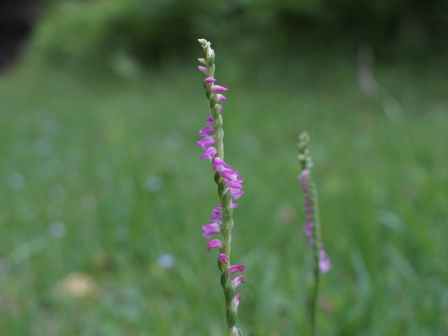
2023.06.20
ムラサキシキブ
ムラサキシキブが咲いています。各地の山野に見られる落葉低木です。秋に美しい紫色の果実をつけることで有名ですが、初夏に咲く花も紫色で美しいです。ちなみに、園芸用にムラサキシキブという名前で売られているものは、より実つきのよい近縁のコムラサキであることが多いようです。
"Murasaki-Shikibu (ムラサキシキブ)" trees are in bloom. They are deciduous shrubs that grow in fields and mountains. They are well known for bearing their beautiful purple fruits in fall, but their purple flowers that bloom in early summer are also beautiful. However, the trees called "Murasaki-Shikibu", which are sold for gardening, are often a relative species "Ko-Murasaki (コムラサキ)" and bear more fruits.
2023.06.16
ドクダミ
ドクダミが咲いています。独特の匂いがする多年生で、日陰でもよく育ちます。4枚の白い花弁をもつように見えますが、白い部分は総苞と呼ばれる花の集まりを包む葉が変化したものです。中央の黄色い部分が小さい花のあつまりで、1つ1つの花は花弁やがくをもたず、1本のめしべと3本のおしべからなります。
"Dokudami (ドクダミ)" plants are in bloom. They are perennial plants that have unique smell. They grow well even in the shade. They look like they have four white petals, but the white parts in the photo that look like petals are not petals. The white parts are called involucre, which are the leaves looking like flowers that wrap the flowers. The yellow part in the center actually consists of flowers. They are a pistil and three stamens and have no petals or sepals.
2023.06.13
コモチマンネングサ
コモチマンネングサが咲いています。道端や植え込みなどでよく見られます。和名のコモチとは子持ちの意味で、葉の付け根にむかごをつけてなかまを殖やすことに由来します。コモチマンネングサは花が咲いても種子ができず、ほとんどむかごによってなかまを殖やしているようです。
"Komochi-Mannengusa (コモチマンネングサ)" plants are in bloom. They usually grow in roadsides and shrubberies. "Komochi (コモチ)" itself means "having children" coming from the fact that they bear the bulbils on the bases of their leaves and leave their offsprings. Even though “Komochi-Mannengusa” plants bloom, they don't produce seeds. Therefore, they almost depend on bulbils for spreading.
2023.06.09
ニガナ
ニガナが咲いています。道端や林縁などに普通に見られるキク科の多年草です。花は5枚の花弁をもつように見えますが、タンポポなど他のキク科のなかまと同様に、1枚の花弁に見える部分が1つの花です。
"Nigana (ニガナ)" plants are in bloom. They are perennial plants belonging to the composite family and commonly seen on roadsides and the edge of forests. The flowers seem to have five petals, but the part that looks like a petal is actually a flower, which is the same characteristic that the other plants also have, such as dandelions, belonging to the composite family.
2023.06.06
コナスビ
コナスビが咲いています。道端や畑地などに普通に見られる小型の多年草です。和名は、花後の果実のようすが小型のナスのように見えることに由来します。しかし、コナスビはナス科ではなくサクラソウ科に属します。
"Ko-Nasubi (コナスビ)" plants are in bloom. They are perennial plants commonly seen in roadsides and fields. The name comes from the fact that, after the flowering period, their fruits look like small eggplants. However, "Ko-Nasubi" belong to the primrose group, not the eggplant group.
2023.06.02
アメリカフウロ
アメリカフウロが咲いています。名前の通り北アメリカ原産の帰化植物で、道端や空き地などでもよく見かけます。在来種のゲンノショウコと似ていますが、アメリカフウロのほうが花期が早く、葉も深く切れ込みます。
"America-Fuuro (アメリカフウロ)'' plants are in bloom. The name indicates that they are from North America. They are often seen in roadsides and vacant lots. "America-Fuuro'' resembles a native species "Gen-No-Shouko (ゲンノショウコ)". "America-Fuuro" blooms earlier and has more deeply lobed leaves than those of "Gen-No-Shouko".
- 1 / 1


